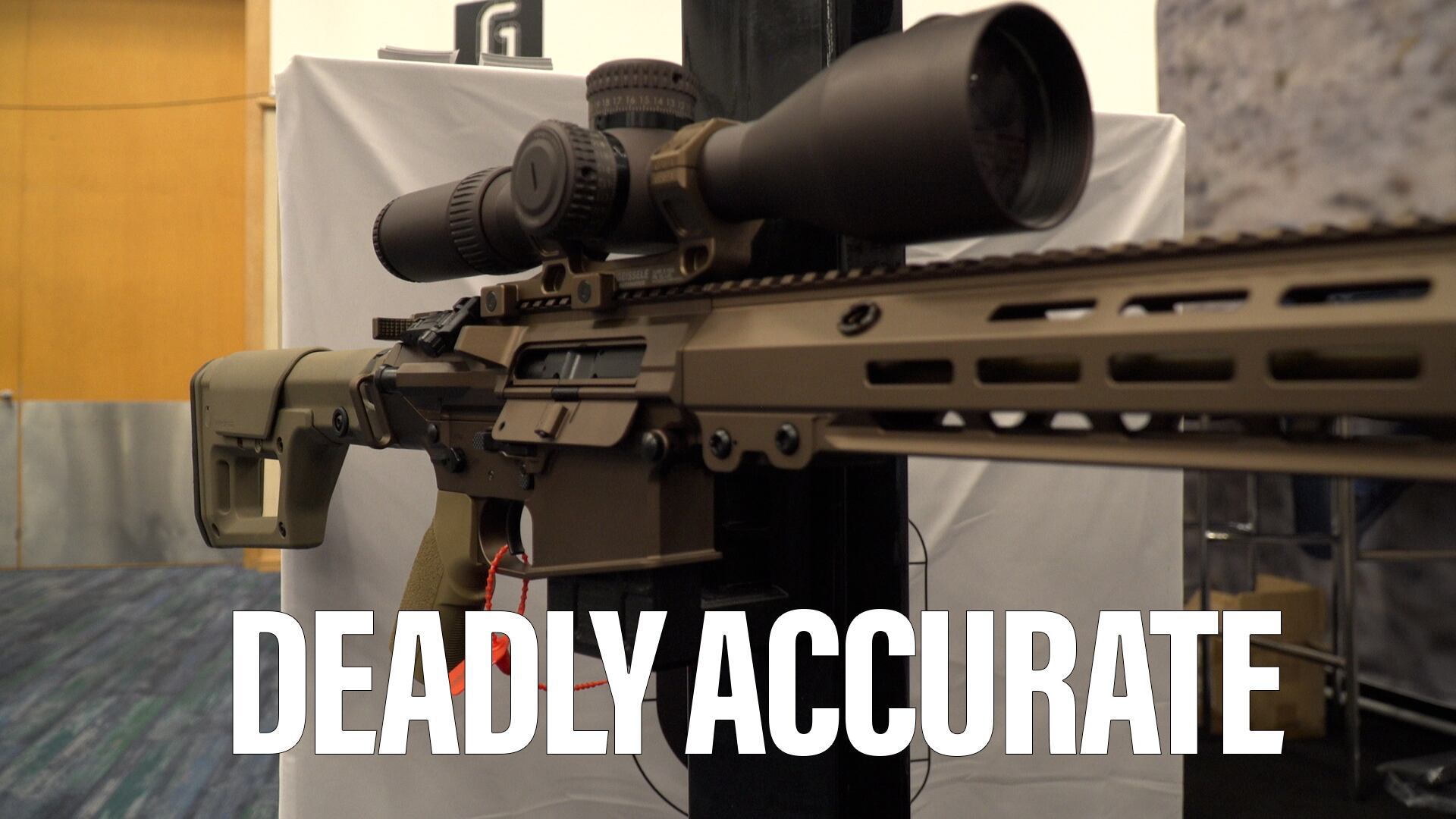WASHINGTON — Cutting an infantry brigade combat team from the active Army, as a commission tasked to study the future force recommended last month, is a "bad trade-off," Army Chief of Staff Gen. Mark Milley said Thursday.
While many recommendations the National Commission on the Future of the Army made last month in a report released to Congress can be implemented quickly, there are a some that "are probably not worthy of further pursuit," Milley said at a House Appropriations Defense subcommittee hearing.
The commission recommended that the Army consider divesting two regular Army infantry brigade combat teams to find the manpower to address other shortfalls in places like short-range air defense, other missile defense, tactical mobility and the military police.
The commission's chair, retired Army Gen. Carter Ham, said prior to the report's release that he suspected there would be significant resistance surrounding the recommendation.
Significant enough, Milley clearly signaled he was taking the possibility off the table.
Looking at the capabilities combatant commanders are demanding, not including some of the contingencies such as Korea and Russia, "an infantry brigade combat team is one of the last things I would want to get rid of," Milley said. "As a matter of principle, when it comes to force structure, to me the very last thing you'd want to give up is your foxhole strength.
"If you don't have infantry, artillery and armor, attack helicopters, special forces, then you don't have an Army."
The commissioners, when making the recommendation to cut IBCTs, acknowledged it was a far-from-perfect solution.
"Even if the Army were to make the decision to inactivate the two IBCTs from the regular Army, that yields you a fair number of manning spaces — somewhere in the neighborhood of 7,000 or 7,500 — that you can distribute for other needs but it doesn't give you much money," Ham said. "IBCTs are not very equipment-intensive and the equipment that they have is not hugely expensive."
Milley said while he was against the recommendation to cut IBCTs, there are around 50 out of the 63 commission recommendations that "are very easy to implement at no cost or we have already begun implementation."
There are another 15 "significant" recommendations, Milley said, that will require detailed analysis and are expensive to implement.
The Army’s wish list of additional funding that it couldn’t include in its fiscal year 2017 budget request — also called an unfunded requirements list — asks for funding to carry out some of these significantly expensive commission recommendations.
To resolve a dispute between the active Army and the Army National Guard over where Apache helicopters should reside in the force, the commission recommended the Guard maintain four attack helicopter battalions. The Army wanted to shift all of the Guard's Apaches into the active force.
The Army's wish list asks for $62.1 million to retain four attack battalions in the Guard and notes that would require an additional 72 Apaches.
The wish list also asks for $305.4 million to retain an 11th Combat Aviation Brigade. The funding would pay for manning and training costs that enable retaining the 11th CAB. The Army had originally planned to reduce its force down to 10 CABs forward-stationed in Korea.
Email: jjudson@defensenews.com
Twitter: @JenJudson
Jen Judson is an award-winning journalist covering land warfare for Defense News. She has also worked for Politico and Inside Defense. She holds a Master of Science degree in journalism from Boston University and a Bachelor of Arts degree from Kenyon College.








